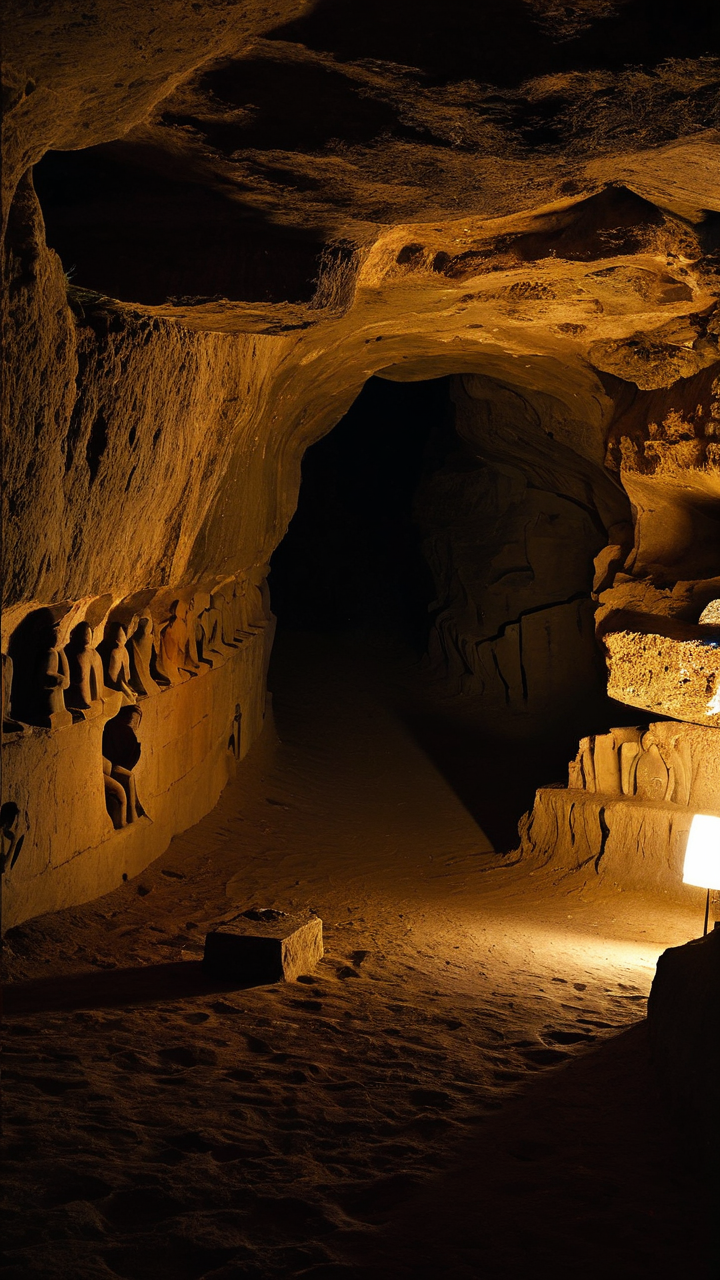
The Alluring Mystery of Shared Dreams
The human experience is filled with enigmas, but few are as captivating as the nature of dreams.
For centuries, dream interpretation has been a cornerstone of various cultures and belief systems, often viewed as messages from the divine or glimpses into the future.
However, a more intriguing proposition emerges: What if our dreams tap into a collective unconscious, a reservoir of shared memories and knowledge, predating our individual consciousness?
This idea, explored by prominent figures like Carl Jung, suggests that our seemingly personal dreams might contain fragments of a forgotten collective past – a past filled with experiences, symbols, and perhaps even forbidden knowledge.
The concept of a collective unconscious isn’t merely a whimsical notion. Numerous examples of shared archetypes and recurring dream symbols across vastly different cultures support this theory.
For instance, recurring motifs like the flood, the serpent, or the hero’s journey consistently appear in myths, legends, and individual dreams globally, hinting at a deeper, shared understanding embedded in the human psyche.
result=ISTJ”>Learning more about personality types can also shed light on individual dream interpretation.
Evidence from Mythology and Folklore
Examining ancient myths and folklore offers compelling support for the existence of a collective unconscious. Consider the recurring themes found in creation myths across diverse cultures.
Many share remarkably similar narratives of a primordial chaos giving way to an ordered cosmos, often involving divine figures or powerful beings.
These similarities suggest a possible shared ancestral memory, perhaps even a pre-linguistic understanding of the world’s origins.
Similarly, recurring symbols in mythology, such as the labyrinth or the tree of life, appear in dreams with striking frequency, further emphasizing the potential connection between individual experience and a collective unconscious.
Think about the commonality of dreams involving flying, falling, or being chased – experiences seemingly universal regardless of cultural background.

Consider the implications for a moment.
Jung’s Archetypes and the Collective Unconscious
Carl Jung, a Swiss psychiatrist and psychoanalyst, significantly contributed to the understanding of the collective unconscious.
He proposed the existence of archetypes – universal, primordial images and patterns of thought that reside within the collective unconscious.
These archetypes, such as the shadow, the anima/animus, and the self, manifest in our dreams, myths, and even everyday experiences.
For example, the shadow archetype, representing our repressed aspects, often appears in dreams as menacing figures or situations, reflecting unresolved inner conflicts.
Understanding these archetypes can provide valuable insights into our individual psyches and potentially illuminate the deeper layers of the collective unconscious. Man_and_His_Symbols”>Read more about Jung’s work on this topic.
Forbidden Knowledge and the Repressed Past
The idea that the collective unconscious might contain “forbidden knowledge” is perhaps the most intriguing and controversial aspect of this theory.
This “forbidden knowledge” could encompass lost technologies, suppressed historical events, or even fundamental truths about the universe that have been deliberately or inadvertently obscured over time.
While we lack concrete evidence to definitively prove this, the persistent recurrence of certain symbols and narratives in dreams suggests the possibility that our subconscious holds onto fragments of a forgotten past, perhaps even a past that powerful forces sought to suppress.
This could explain the often unsettling or surreal nature of certain dreams, hinting at a deeper, hidden reality.
Exploring Your Dreams: A Practical Approach
While the concept of a collective unconscious remains a subject of ongoing debate, exploring your own dreams can be a powerful tool for self-discovery.
Keeping a dream journal, paying attention to recurring symbols and emotions, and reflecting on the potential meaning of your dreams can unlock valuable insights into your personal and collective subconscious.
Consider exploring dream analysis techniques to better understand the messages your dreams might be conveying.
This exploration can lead to a greater understanding of yourself and potentially shed light on the enigmatic world of shared dreams and the collective unconscious.



